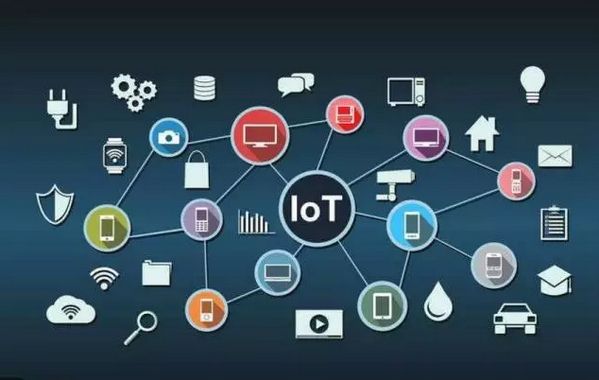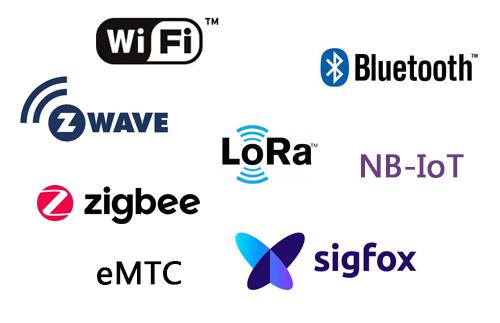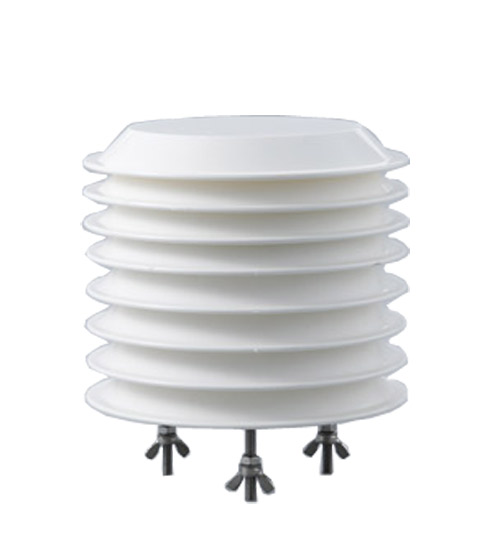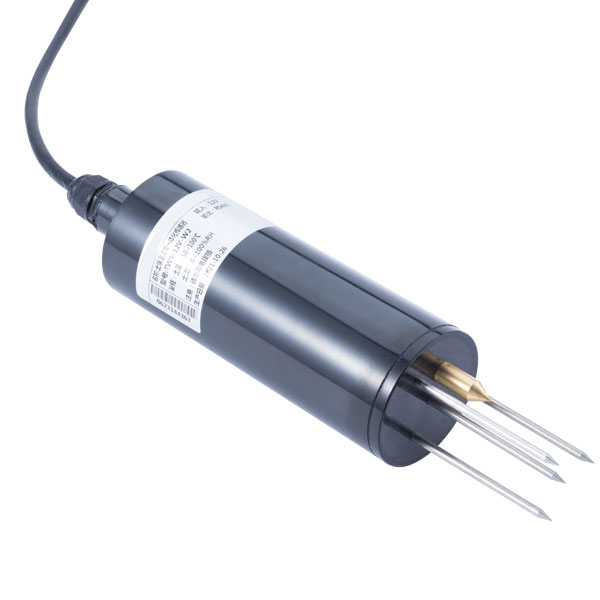

— Blogs —
—Products—
 Consumer hotline +8618073152920
Consumer hotline +8618073152920 WhatsApp:+8615367865107
Address:Room 102, District D, Houhu Industrial Park, Yuelu District, Changsha City, Hunan Province, China
Product knowledge
Time:2021-12-28 20:11:26 Popularity:1055
Comparison of standards and technologies between NB-IoT and eMTC
The Internet of Things based on LTE technology is a brand-new Internet of Things technology that brings many advantages to the application of the Internet of Things, including extensive and deep network coverage, predictable service quality, highly reliable and stable end-to-end security and global standard support The seamless interoperability will bring more opportunities for the Internet of Things. Today we will take a look at the differences between the standards and technologies of NB-IoT and eMTC.
Typical LTE IoT terminal types include Cat4, Cat1, Cat0, CatM1 and NB-IoT. These 5 terminal types can cover various IoT requirements from high to low data rate, cost, and power consumption, forming a complete product Sequences form an effective competition for existing IoT technologies such as ZigBee and Wi-Fi. The comparison of various LTE IoT technologies is shown in Table 1.

Comparison of various LTE IoT technologies
EMTC is optimized on the existing LTE technology and architecture. Adopt LTE in-band deployment mode, support TDD and FDD two modes. eMTC and LTE work together in the same frequency band, and the base station performs unified resource allocation and shares some control channels. Therefore, operators can directly deploy eMTC in the existing LTE frequency bands without allocating separate spectrum.
NB-IoT is a brand new design for the characteristics of the Internet of Things. There are 3 ways of LTE in-band, guard band and independent deployment. Currently, only FDD is supported. NB-IoT is more independent and has a complete implementation plan. NB-IoT can share spectrum with LTE when adopting LTE in-band and guardband deployment methods, and when adopting independent deployment methods, separate spectrum resources are required. 3GPP will continue to enhance and optimize NB-IoT in subsequent versions. The main content includes support for positioning (E-CID, OTDOA/UTDOA), support for multicast (SC-PTM mode), Non-Anchor PRB enhancement, and mobile Performance, business continuity, low-power type UE and TDD mode.

Market application of eMTC and NB-IoT
The application scenarios of the Internet of Things can be roughly divided into three categories. One is the monitoring business represented by the Internet of Vehicles, with a transmission rate of about 10Mbit/s, and the representative technology is LTE-V; the second is an interactive collaboration business represented by wearables. , The transmission rate is less than 1Mbit/s, and the representative technologies include eMTC, LTE Cat1, etc.; the third is the data collection service represented by remote meter reading, and the transmission rate is less than 100Kbit/s, and the representative technologies are NB-IoT, Lora, and SigFox.
Both eMTC and NB-IoT can be used in scenarios with low power consumption and wide coverage. eMTC and NB-IoT are still different in terms of data rate, coverage capacity, power consumption, etc., so the application scenarios of the two overlap and have some difference. The advantages of NB-IoT in low-throughput application scenarios minimize cost and power consumption, and have strong coverage capabilities. Therefore, the most typical application scenarios of NB-IoT are remote meter reading services, public facility monitoring, and smart parking. The advantages of eMTC are high speed, mobility, VoLTE voice, etc. Therefore, typical application scenarios of eMTC are logistics, wearable devices, etc.
From a global perspective, Europe and China will prioritize the deployment of NB-IoT networks, and US operators are more inclined to eMTC technology.
Sensors & Weather Stations Catalog
Agriculture Sensors and Weather Stations Catalog-NiuBoL.pdf
Weather Stations Catalog-NiuBoL.pdf
Related recommendations
Related products
 Atmospheric Temperature Humidity Pr···
Atmospheric Temperature Humidity Pr··· Soil Temperature Moisture Sensor 4-···
Soil Temperature Moisture Sensor 4-··· Air temperature, humidity and atmos···
Air temperature, humidity and atmos···
Screenshot, WhatsApp to identify the QR code
WhatsApp number:+8615367865107
(Click on WhatsApp to copy and add friends)